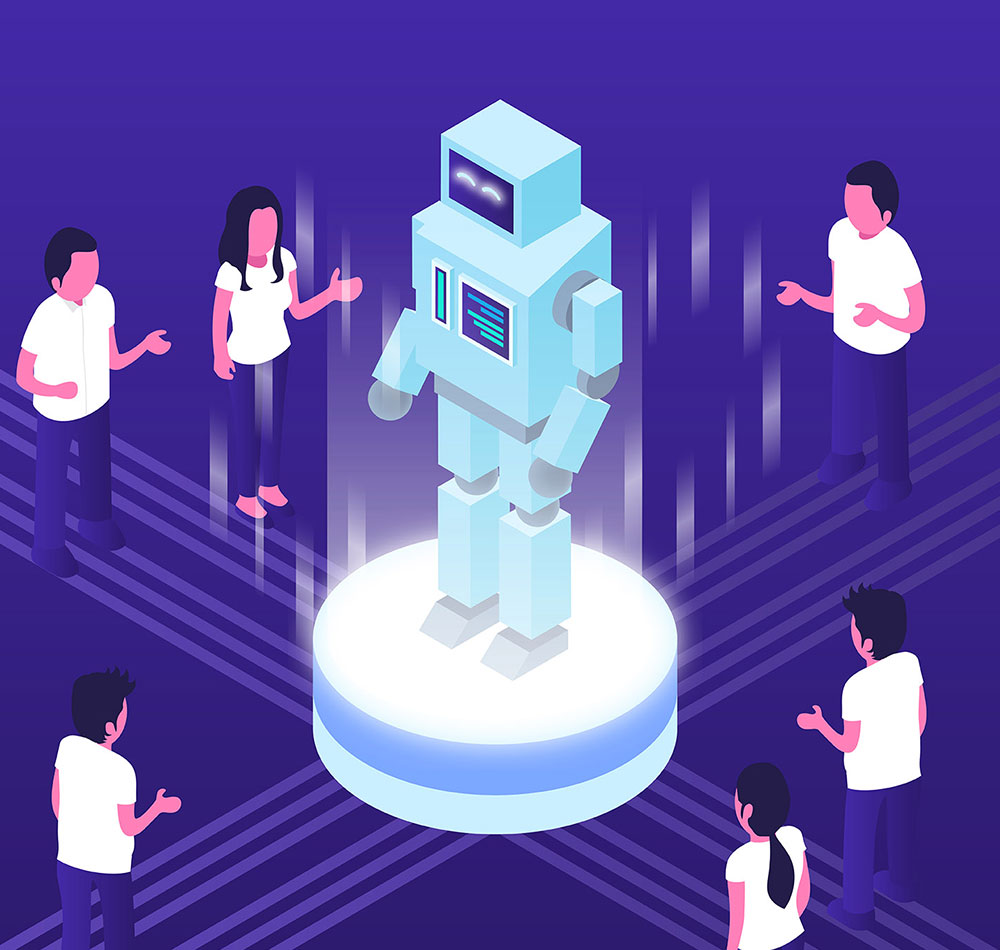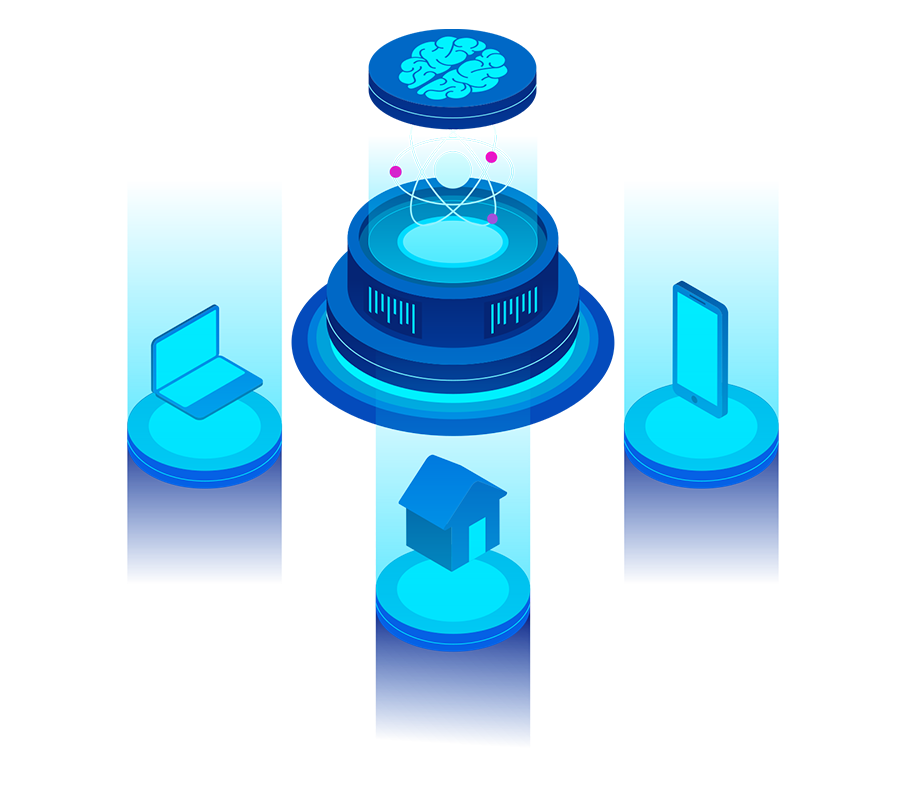Artificial Intelligence (AI) enables robots to perceive their environment, process data, and execute tasks autonomously. AI control systems consist of multiple components that work together to optimize robotic performance and decision-making.

AI-powered robots rely on multiple sensors to perceive their surroundings. Sensor fusion combines data from different sources to create an accurate representation of the environment.
AI in robotics refers to the integration of artificial intelligence technologies, such as machine learning, computer vision, and natural language processing, to enable robots to perceive, learn, and make decisions autonomously.
AI helps robots process sensory data, recognize objects, understand speech, and adapt to changing environments. It allows robots to perform complex tasks, such as self-navigation, automation in industries, and even human-like interactions.
AI-powered robots are used in various industries, including manufacturing, healthcare, logistics, agriculture, defense, and customer service. They improve efficiency, accuracy, and automation in these fields.
Examples include:
Boston Dynamics' Spot (an agile robotic dog for inspection and security)
Da Vinci Surgical System (a robotic assistant for minimally invasive surgery)
Tesla’s Autopilot (an AI-driven system for self-driving cars)
Amazon’s warehouse robots (for automating logistics and order fulfillment)
AI robots can automate repetitive and dangerous tasks, reducing the need for human labor in certain areas. However, they also create new job opportunities in robotics engineering, AI development, and robot maintenance.
Machine learning enables robots to learn from data, improve their performance over time, and make better decisions without explicit programming. It helps robots recognize patterns, optimize movements, and adapt to new tasks.
AI robots use sensors, cameras, LiDAR, and GPS to detect obstacles, map their surroundings, and move autonomously. Algorithms like SLAM (Simultaneous Localization and Mapping) help them navigate efficiently.
Most AI-powered robots are designed with safety features like obstacle detection, emergency stops, and ethical AI guidelines. However, regulations and safety protocols are essential to prevent risks and ensure responsible AI use.
Challenges include:
High development costs
Limited general intelligence in robots
Ethical concerns about job displacement
Data privacy and security risks
Dependence on energy and computing power

One of the most impactful applications of AI in home and service robotics is elderly care. As the global population ages, there is an increasing demand for caregiving solutions that provide independence while ensuring safety. AI-powered robots, such as robotic caregivers and smart monitoring systems, are helping seniors with daily activities, reminders for medications, and even emergency response services.
AI-powered service robots are reshaping industries such as hospitality and retail, improving customer service, efficiency, and overall experience. In hotels, robotic concierges like Pepper and Connie (by Hilton) assist guests with check-ins, provide information about local attractions, and even engage in casual conversations. AI enables these robots to recognize guests, adapt to different languages, and respond intelligently to various requests.